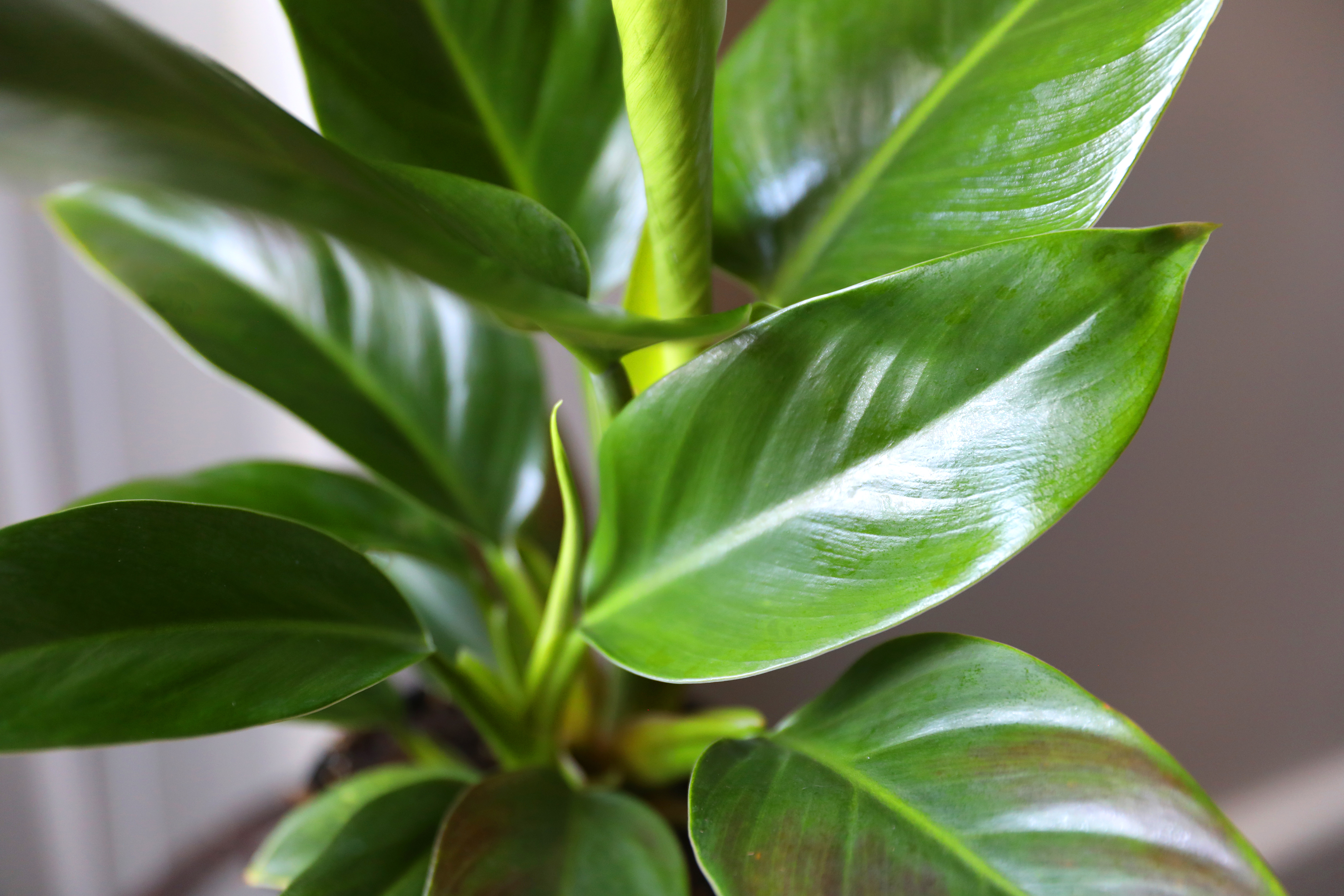Reasons Your Plant Isn’t Growing
Plants are beautiful and are so much fun to take care of, but they can be challenging too. You feel like you’ve nailed a routine. You’re watering your plant, it's getting great lighting, but it just isn’t growing. So, what could you be doing wrong?
Let’s look at some of the top ways you could be doing too little or too much for your plant.
Lighting and the seasons
It’s important to reevaluate your plant care when the seasons change, especially if you live in a climate with extreme temperatures. Days get much shorter in the winter, meaning a lot less sunlight. In the summer, they’re much longer and the sun is much more intense.
Where you live may not get enough light in the winter to support your plants, so while they’re getting the bright, indirect light we suggest, they may need more. Grow lights are a great option to ensure those plants have plenty of sunshine!
Winter and summer are also times where heat or air conditioning is running frequently. Most plants don’t appreciate a draft, warm or cold, so it’s important to move your plants somewhere else if they typically live near a vent.
Water and nutrients
We know that light is essential, but so is water! However, we find one of the biggest contributors to plant problems is overwatering. Your plant would rather be a bit too dry than absolutely drowned in water. Plus, that can lead to root rot.
If your plant is getting less light than normal, it probably needs less water too! Take those factors into account when figuring out your plant care.
If you are watering a normal amount and your plant has enough light, but it still isn’t growing, it could take some time to give your plant some more nutrients. Fertilizer is a great way to supplement what your plant needs. Make sure to dilute your fertilizer to ¼ or 1/8 strength and don’t want your plant on the weeks you fertilize.
Roots
All plants have an easy way to identify if they're healthy, their roots. If roots are soggy or mushy, you are giving them too much water. If they seem crispy or brittle, they need a bit more moisture. Roots are a great indicator of overall plant health and can communicate what they need.
If they spill out of the pot, the plant probably is no longer suited for the pot it’s in. That means it is time to repot your plant. Always go up by at least one inch and make sure to get the right potting medium for your plant that allows it to flourish, but also gives the roots room to breathe. You can water your plant to add moisture once you repot, but then give it some time to settle before watering again.
Do you have any issues with your plants not growing? Let us know in the comments or on social and we’d be happy to help!








